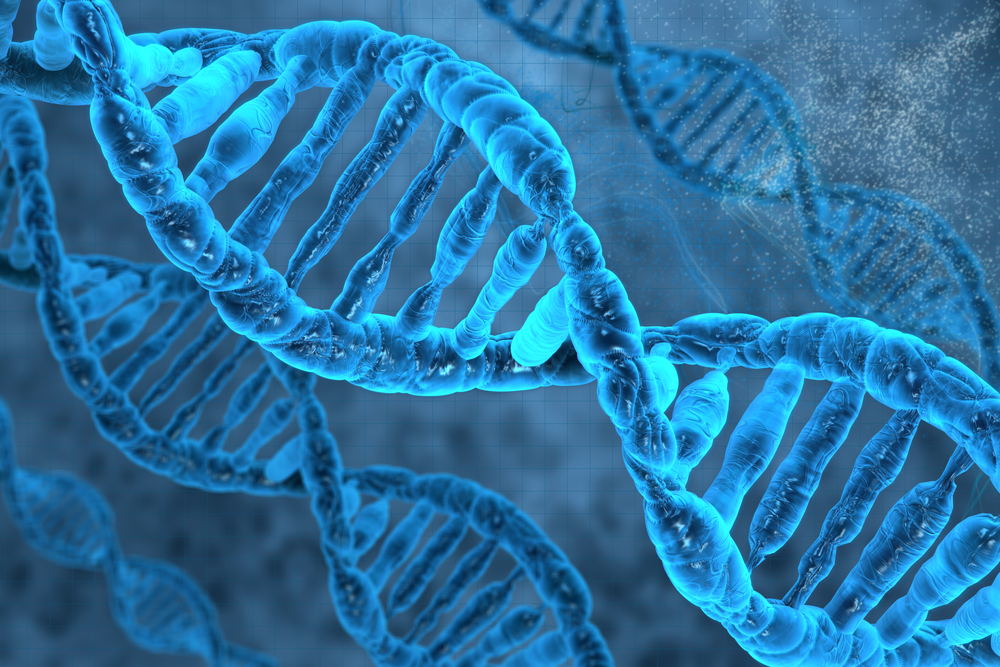Researchers Uncover Gene Control Mechanism That Holds Promise as Alzheimer’s Treatment
Written by |

Researchers report identifying the molecular mechanisms responsible for activating the neuroglobin gene, which scientists think may protect people from developing Alzheimer’s disease. Moreover, the researchers suggest that scientists should explore ways of activating the gene as potential treatments for Alzheimer’s disease.
The study, titled “Identification of a novel distal regulatory element of the human Neuroglobin gene by the chromosome conformation capture approach” and published in the journal Nucleic Acids Research, was a joint effort between researchers from Hong Kong University, the MRC Clinical Sciences Centre at Imperial College London, U.K., and Erasmus University in the Netherlands.
Earlier studies have shown that mutations in neuroglobin are linked to an inherited form of Alzheimer’s. Studies also show the protein produced by the gene tends to decrease as people age and is lower in women than in men. Age and female sex are among the best-known risk factors for Alzheimer’s.
Scientists also have suggested that the factor is neuroprotective, preventing damage to nerve cells caused by low oxygen levels, oxidative stress and mechanical injuries.
Scientists have not known how neuroglobin is activated, so, the research team decided to explore the molecular mechanisms of neuroglobin activation.
The process of switching genes on and off is controlled by numerous factors. Molecules called transcription factors can bind to the DNA to promote or block the activity. How the DNA strand is arranged in a three-dimensional structure also can contribute, allowing or preventing factors involved in “reading’ a gene.
Using a method called chromosome conformation capture, the team found a region in the DNA that, when folded to make contact with the neuroglobin gene, turned it on. However, this only happened when a transcription factor called GATA-2 was attached to this regulatory DNA region, found a distance away from the neuroglobin gene.
When GATA-2 was fixed, and the DNA stretch folded to contact the DNA in the neuroglobin gene, it was turned on. When researchers removed all GATA-2 from mice, the neuroglobin gene was no longer active. The same thing happened when they removed the part of the DNA where GATA-2 was attached.
Neuroglobin is a protein found in neurons, but also is found in some hormone-producing tissues and in the retina. Importantly, researchers showed that the mechanism was cell type-specific to neurons, making future attempts to manipulate the gene for treatment purposes easier, as unwanted effects in other tissues are not likely.





